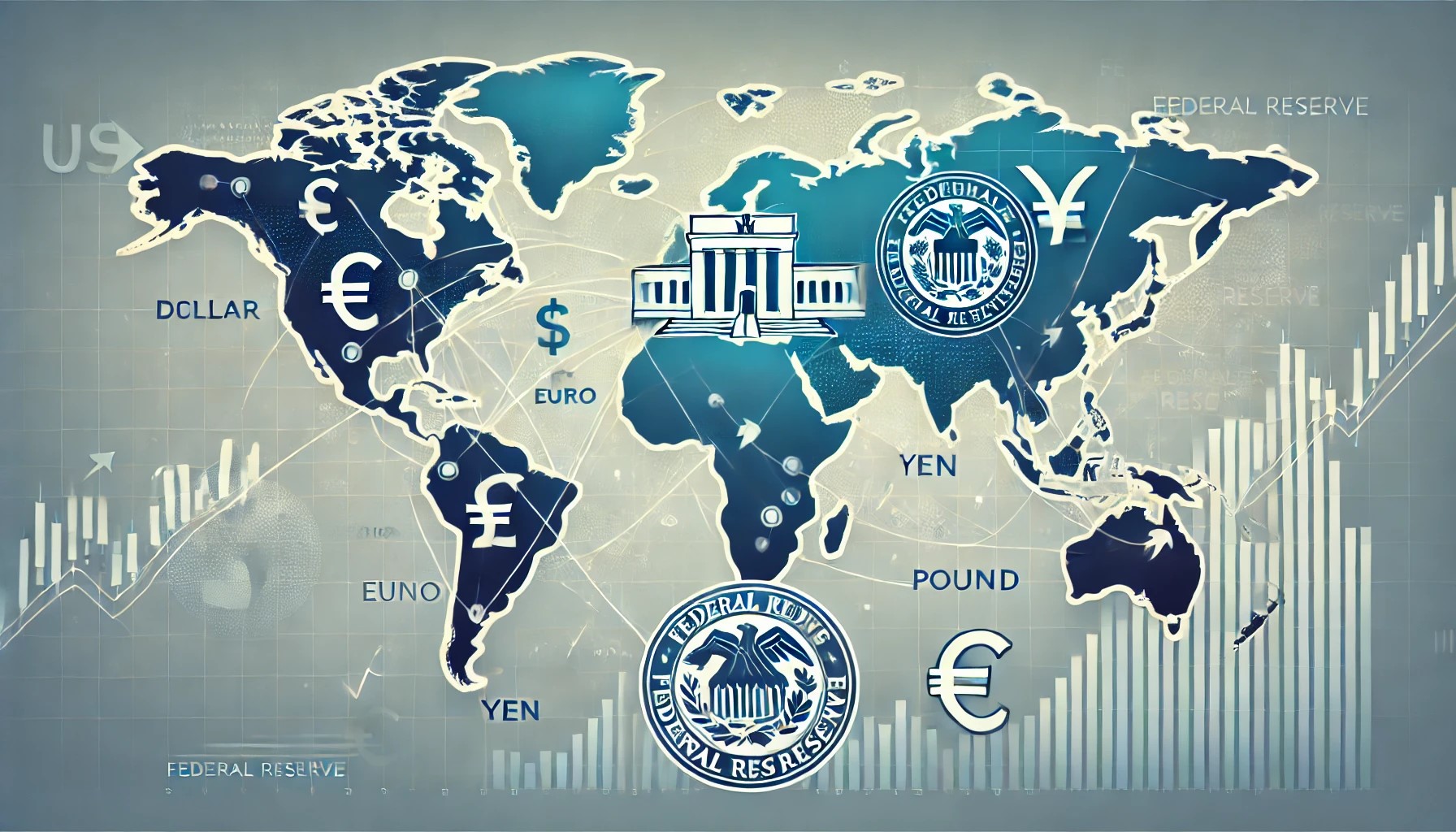
In recent developments, the U.S. Federal Reserve has implemented a significant rate cut, a move that echoes through the global economy. Understanding the implications of this decision can help businesses and individuals alike anticipate shifts in the global financial landscape.
Why Did the Fed Cut Rates?
The Fed generally reduces interest rates to stimulate economic growth, especially when there are signs of slowing. By lowering rates, the Fed encourages borrowing and investing by making credit more accessible and affordable for consumers and businesses. This latest cut aims to strengthen the U.S. economy, but its effects are not limited to America’s borders.
Immediate Effects of a Rate Cut
- Boosts in Borrowing and Investment: Lower rates mean cheaper access to capital, encouraging businesses to expand and consumers to spend more freely. This can help fuel economic activity in the short term.
- Dollar Depreciation: With lower rates, the U.S. dollar often depreciates relative to other currencies, making U.S. exports more affordable for foreign buyers. This effect, however, can put pressure on countries that depend on exporting to the United States.
- Impact on Emerging Markets: Emerging markets can experience both benefits and risks. Cheaper borrowing costs in the U.S. might ease debt burdens for countries with dollar-denominated debt. On the flip side, a weaker dollar can increase volatility in emerging markets that rely heavily on foreign investment.
- Pressure on Central Banks Worldwide: The Fed’s decision often influences other central banks, pushing them to consider similar rate cuts to maintain competitive exchange rates and avoid capital outflows. In a globalized economy, even regional banks feel the ripples of the Fed’s actions.
Long-Term Implications
- Potential for Global Growth: Sustained low-interest rates could drive global growth, benefiting both developed and emerging economies. Lower borrowing costs encourage businesses to expand, which could lead to job creation and increased consumer spending.
- Asset Bubbles and Inflation: While lower rates stimulate growth, they can also lead to asset bubbles if investments are driven by cheap credit rather than underlying economic fundamentals. For instance, real estate prices or stock markets may see inflated values. This requires vigilant monitoring by regulatory bodies.
- Shift in Investment Patterns: Investors might seek higher returns in emerging markets as U.S. yields fall. This capital flow can aid developing countries but also bring challenges in terms of managing inflation and financial stability.
How Should Businesses and Investors Respond?
- Review Financial Strategies: Businesses should evaluate their debt and financing strategies to take advantage of lower borrowing costs, while also considering the potential risks associated with currency fluctuations.
- Stay Informed on Currency Trends: Companies with global supply chains or international clients should monitor currency trends closely. Dollar depreciation can be advantageous for exporters but challenging for import-reliant businesses.
- Prepare for Market Volatility: Low-interest rates can lead to increased market volatility, especially in stock and bond markets. Investors should consider diversifying their portfolios to mitigate potential risks.
Conclusion
The Fed’s rate cut signals an attempt to bolster the U.S. economy, but its effects are felt worldwide. As borrowing costs drop and the dollar weakens, businesses and investors should remain agile and adapt their strategies accordingly. Whether it brings short-term growth or long-term challenges, the Fed’s decision underscores the interconnected nature of today’s global economy.
